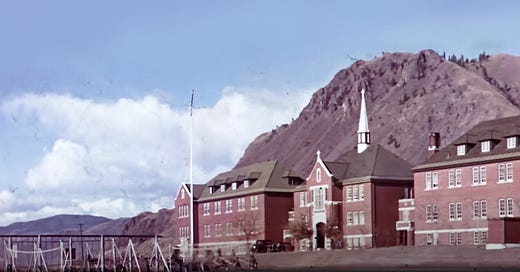Dear subscribers and other readers,
The following breaking news piece, anonymously written by the author with the pseudonym “Kam Res” — a play on the term Kamloops Indian Residential School — who is a Canadian professional architect. Kam has expertise in aerial imagery, photographs, and archival information which he skillfully applied to the Kamloops “bu…
Keep reading with a 7-day free trial
Subscribe to REAL Indigenous Report to keep reading this post and get 7 days of free access to the full post archives.



